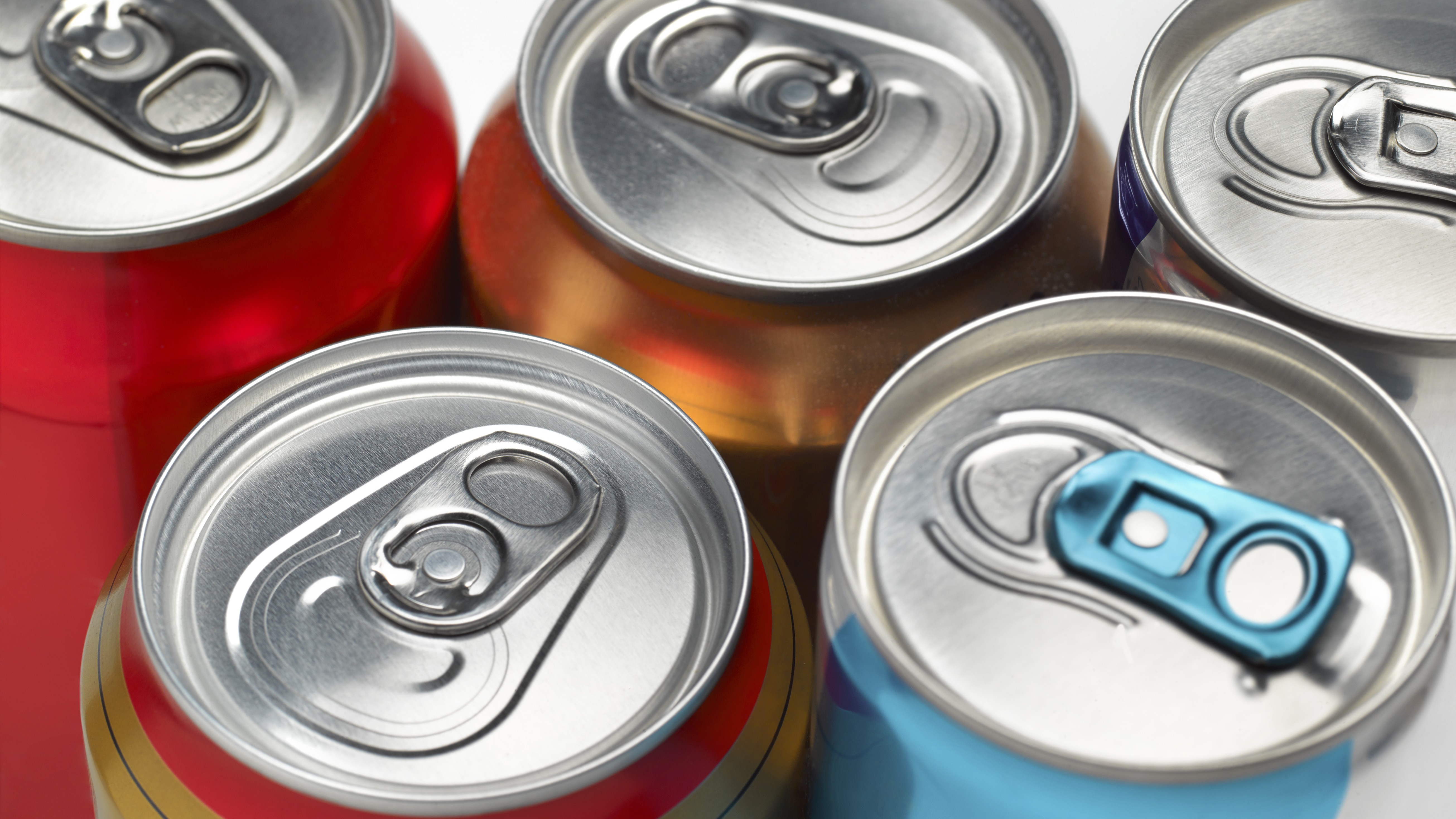'Bonanza' gold veins in rocks finally explained
Gold veins thicker than your arm finally get a geological explanation.

Why did some gold prospectors strike it rich with a bonanza gold vein, while others came up empty-handed? The credit may go to nanoparticles.
New research reveals that high-grade veins of gold contain clusters of gold nanoparticles, which is important because it explains how these impossibly rich aggregations of gold can form in fractures below the earth. Laboratory experiments have long found that it's impossible to dissolve enough gold in hydrothermal fluids to ultimately crystallize out to form thick, high-grade veins of the glittering stuff. Hydrothermal fluids are heated liquids, warmed by magma in the earth's crust, which carry complex stews of dissolved minerals and gases.
The new study, which was published May 18 in the journal Proceedings of the National Academy of Sciences, suggests that these veins don't come from dissolved gold at all. Instead, they may be accumulations from so-called colloidal fluids, in which the particles of gold aren't dissolved, but instead suspended.
Related: 10 ways Earth revealed its weirdness
"We're the first people to get an image to essentially prove that, yes, these nanoparticles, these colloids, exist," in geothermal systems, said study lead author Duncan McLeish, a doctoral candidate in Earth sciences at McGill University in Montreal.
Striking gold
Gold can be deposited in many ways, but gold veins are a miner's dream: solidified streams of high-grade mineral, ripe for the picking. These veins form in rock fractures, but their formation has always stubbornly eluded explanation . The concentration of gold in the veins is simply too high to explain by the crystallization of the gold out of dissolved hydrothermal fluid. These fluids can hold only 10 to 30 parts per billion of gold. At those concentrations, it would take unrealistically long to lay down a vein of the sparkling metal.
"This has been this long-standing problem that has been an issue for economic geologists," geologists who work in mining and extraction, McLeish told Live Science. "If you can't understand how the veins are formed, then you are limited in how well and efficiently you can explore for them, find them, mine them, etc."
Get the world’s most fascinating discoveries delivered straight to your inbox.
McLeish and his colleagues used transmission electron microscopy (TEM) to explore the question. TEM uses a single beam of electrons trained on a specimen to form an image; it can detect details down to a few nanometers. The researchers studied specimens of gold from the Brucejack gold deposit in northwestern British Columbia, where the average gold vein has the diameter of a drink coaster: about 4 inches (10 centimeters).
Nanoparticles flocking
The TEM images revealed tiny spheres of gold just 1 to 5 nanometers across, often aggregated in larger clusters 30 to 150 nanometers in diameter. For reference, a nanometer is a billionth of a meter, which is very, very small: A single nanometer is less than half the diameter of a strand of DNA, and 100 nanometers is around the same diameter as the SARS-CoV-2 virus.
These findings proved, for the first time, that such aggregations do occur in real gold-bearing geological systems, not just in the laboratory. The research also provides evidence that the smallest gold nanoparticles clump, or flocculate, McLeish said.
This changes the rules on how gold veins form, he said. There's no longer any need to worry about how much dissolved gold a fluid can hold in solution. Instead, the question is about how suspended gold particles act in a colloid, which is a liquid with similar-sized particles dispersed throughout. Milk is a colloid: The proteins and fats in the liquid don't settle out and are smoothly distributed.
In the case of hydrothermal gold colloids, though, the suspended gold nanoparticles do ultimately clump together, eventually accumulating enough to fill an entire rock fracture.
The new study couldn't answer that question, he said, though the researchers did offer some ideas. Something about the mixing of seawater and hydrothermal fluids might do the trick, McLeish said. The boiling of the hydrothermal fluids could also contribute.
The team studied gold from only one bonanza mine, so the next step is to find out if the same nanoparticles exist in high-grade gold deposits around the world, McLeish said, or if some other process explains these bonanza strikes in different geological environments. "We're in the early days of this," he said.
Originally published on Live Science.

Stephanie Pappas is a contributing writer for Live Science, covering topics ranging from geoscience to archaeology to the human brain and behavior. She was previously a senior writer for Live Science but is now a freelancer based in Denver, Colorado, and regularly contributes to Scientific American and The Monitor, the monthly magazine of the American Psychological Association. Stephanie received a bachelor's degree in psychology from the University of South Carolina and a graduate certificate in science communication from the University of California, Santa Cruz.


